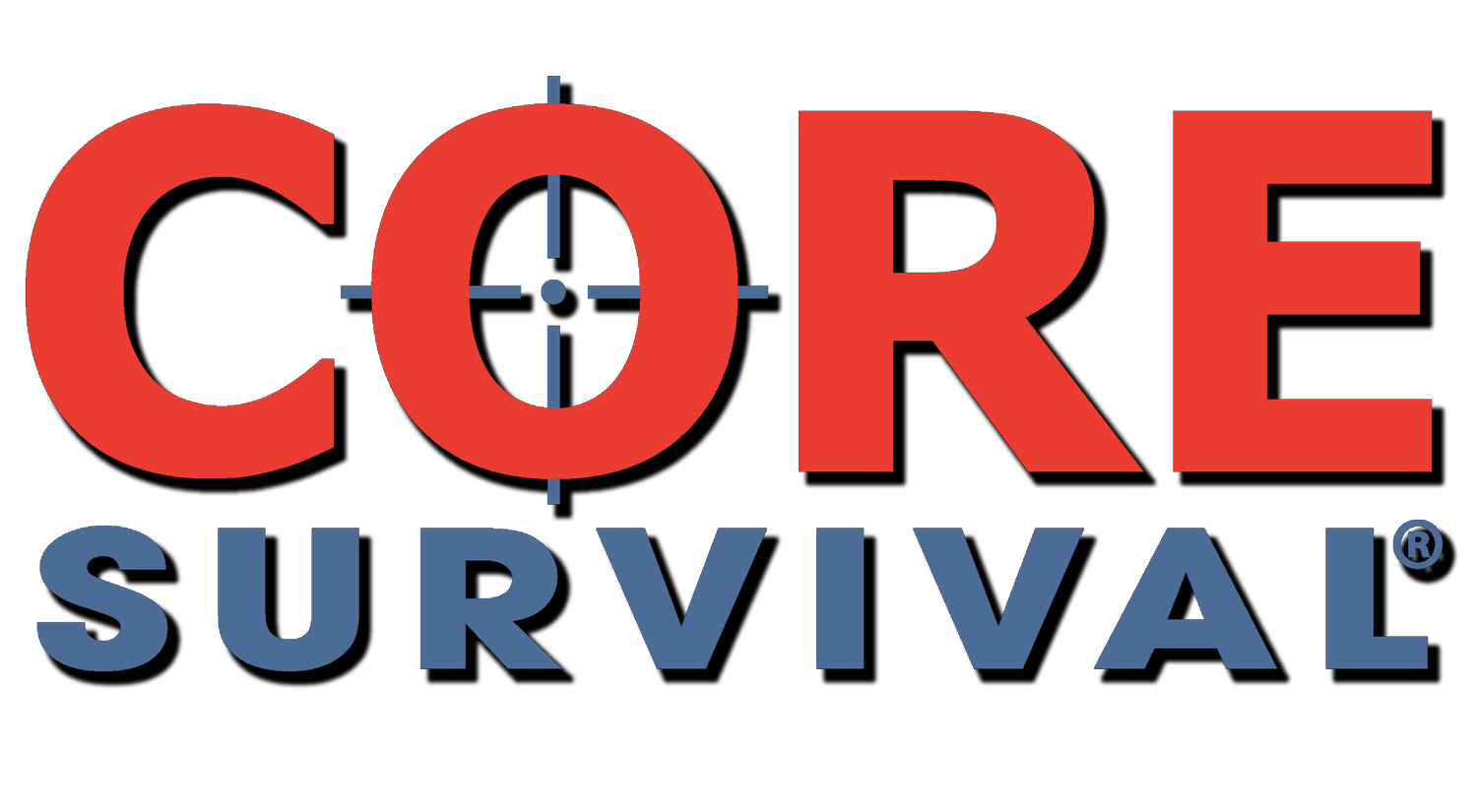Make Your Mark!
Don’t get lost in the dark. If you do, Core Survival has you covered. The Global War on Terrorism (GWOT) has produced some amazing innovations from end-user feedback. Specifically, IR Strobes and marking devices. As a Forward Observer (FO) in the 75th Ranger Regiment, I know first-hand the value of marking devices. Not just for a specialty MOS, marking devices are utilized by any special operations team member. One never knows when they need to mark their position.
The use of marking devices, for both day and night, is particularly important as it applies to marking friendly forces. This is not only to de-conflict with friendly forces, but also to mark a position while communicating with aircraft. Most call-for-fire, or the use of air assets engaging enemies on the ground, originates with ground forces. Ground forces spot a threat, mark their friendly position, and then relay a direction and distance to the threat. The threat can be marked with an IR laser or even tracer rounds. Additionally, when calling for extraction or MEDEVAC the use of marking one’s position is critical.
The use of marking devices, both overt and IR, are critical with airborne operations. While descending, particularly at night, it can be fatal if you are to collide with another jumper. Marking devices reduce that occurrence both in free fall and while under canopy.
In the early days, there were several mediocre options with respect to marking devices. One common tool was an IR Spinner. This was a simple Infrared chem light attached to about 5 feet of 550 paracord. The user snaps the chem light to activate, and then spins the stick overhead in a circular motion. Spotted from the above, the aircraft can see a circular glow under NVGs.
The commonly used IR strobe years ago was IR FRS Military Strobe- 2000M Distress Marker Light. The MS-2000 are still some of the most common strobes used, and issued, in the US Military. These strobes have both IR and white light functions with a blue light function as well. It has a positive on/off switch and is easy to operate at night and takes two AA batteries. The strobe more or less worked for our needs, but it wasn’t always easy to affix to our helmet, and only had a few options for marking.
During the day, marking devices such as a VS-17 panel, and even signal mirrors are used. Any forward observer and many leaders on the ground would have a variety of these daylight options on hand.
The most advanced marking device I have ever used is the HEL‐STAR 6 by Core Survival. The HEL‐STAR 6 is a four-function strobe light that can be configured to a variety of light and color combinations.
Read The Article: Make Your Mark: Core Survival
Photo Credit: RECOIL – Firearm Lifestyle Magazine

